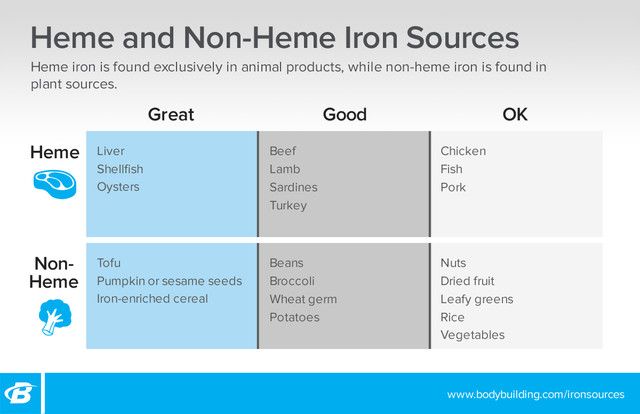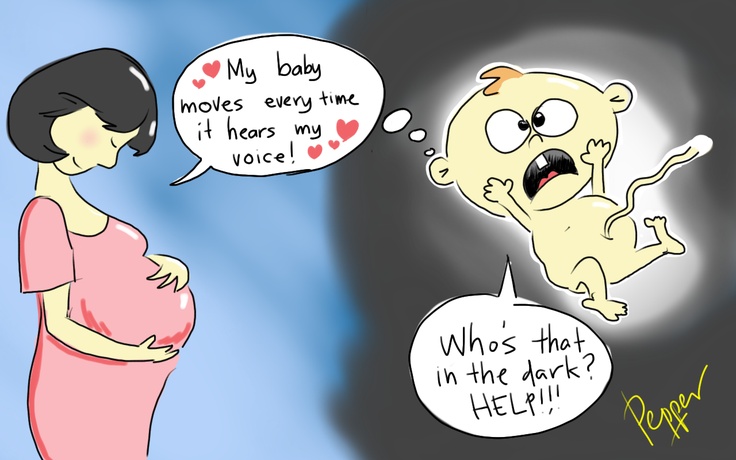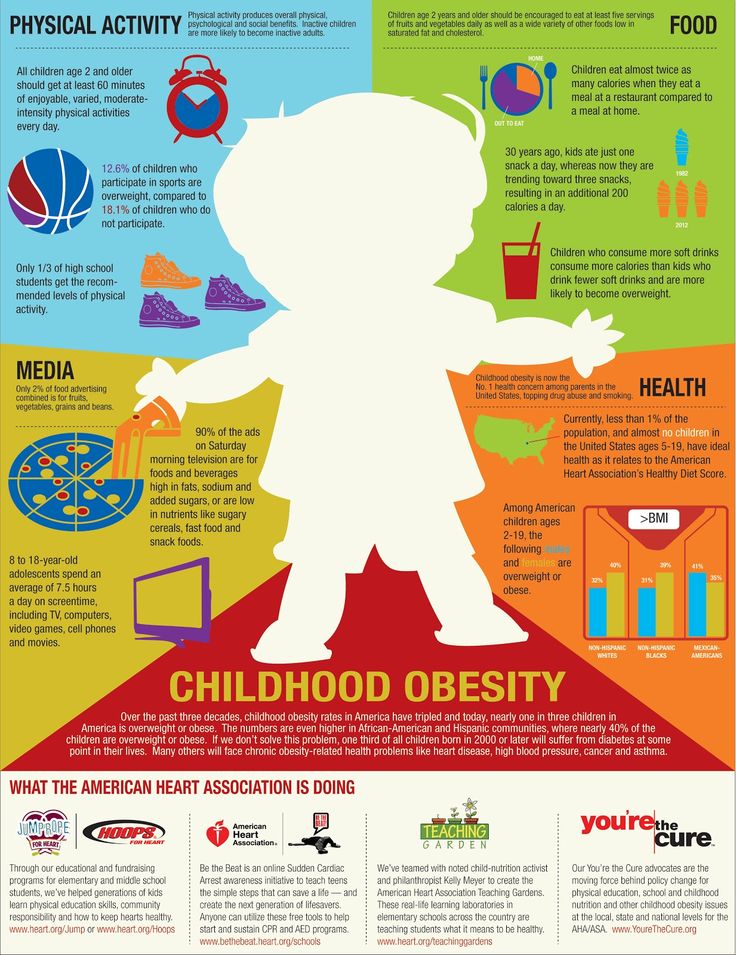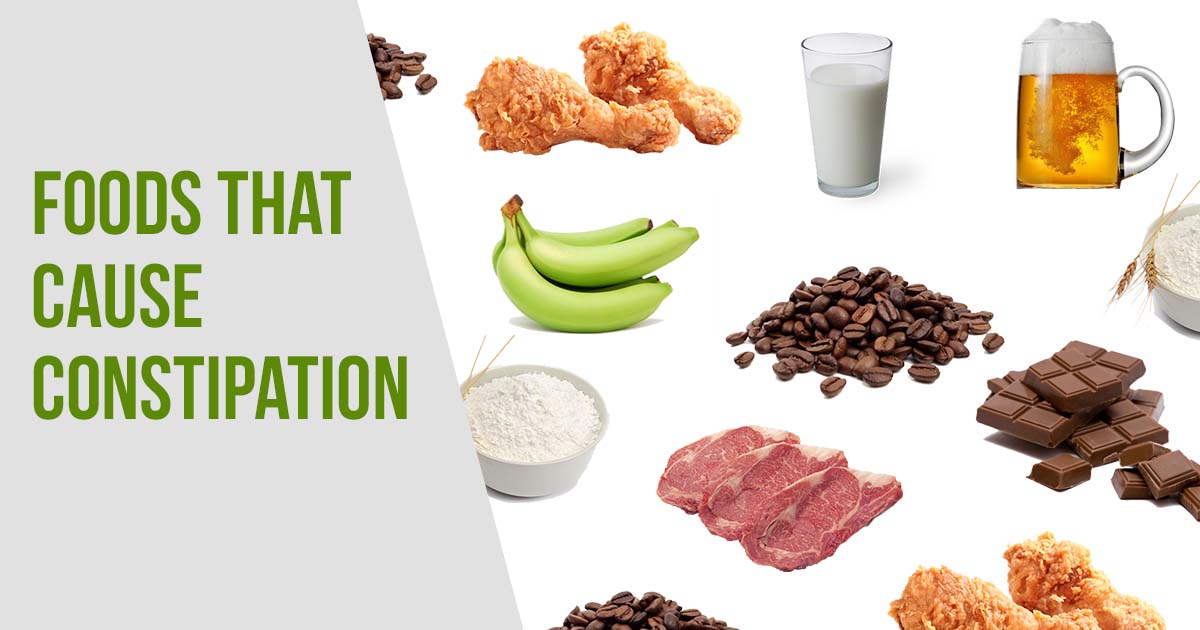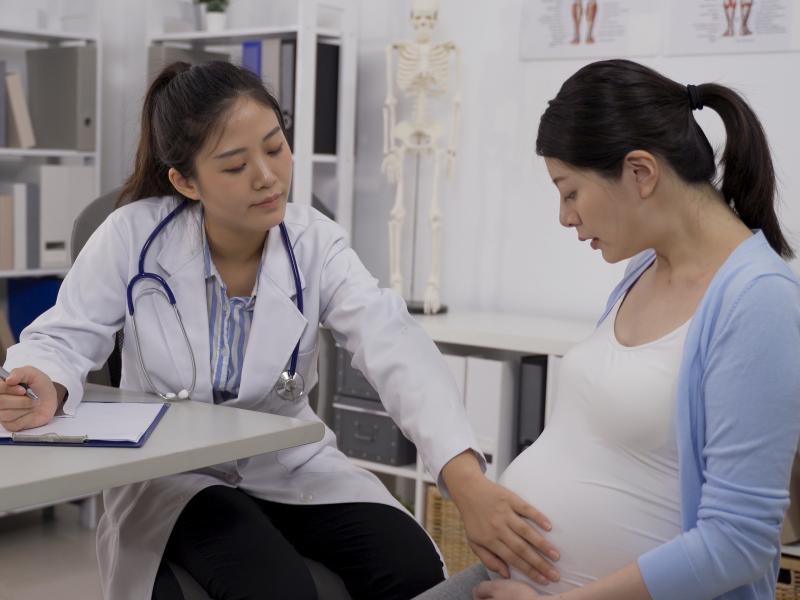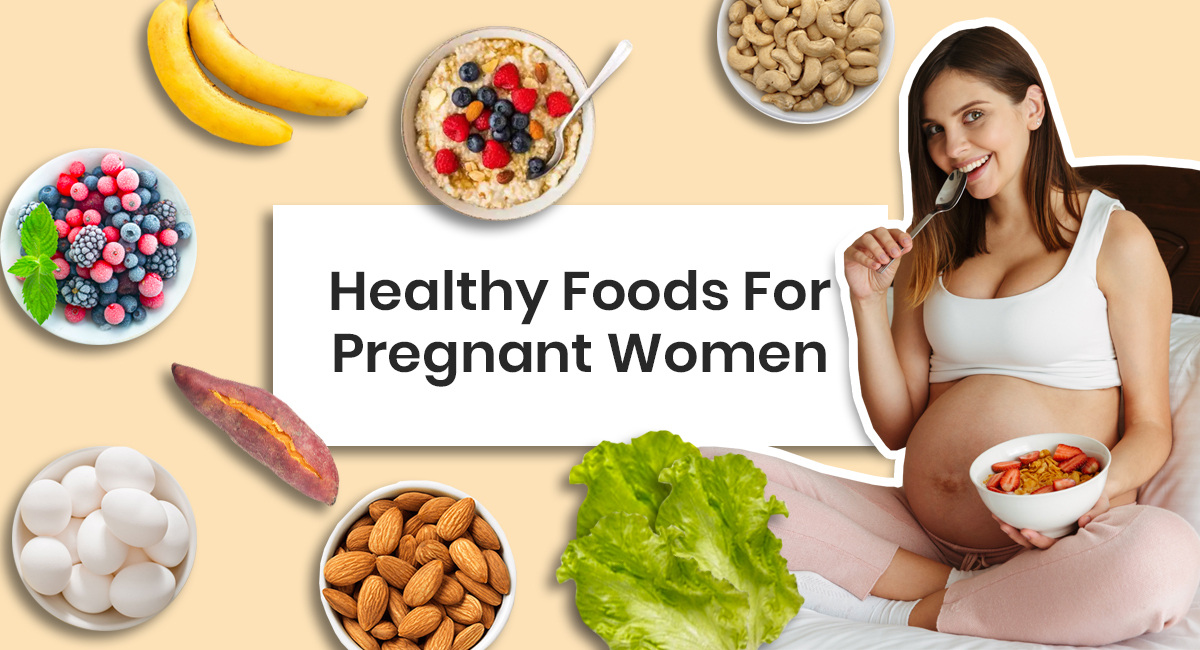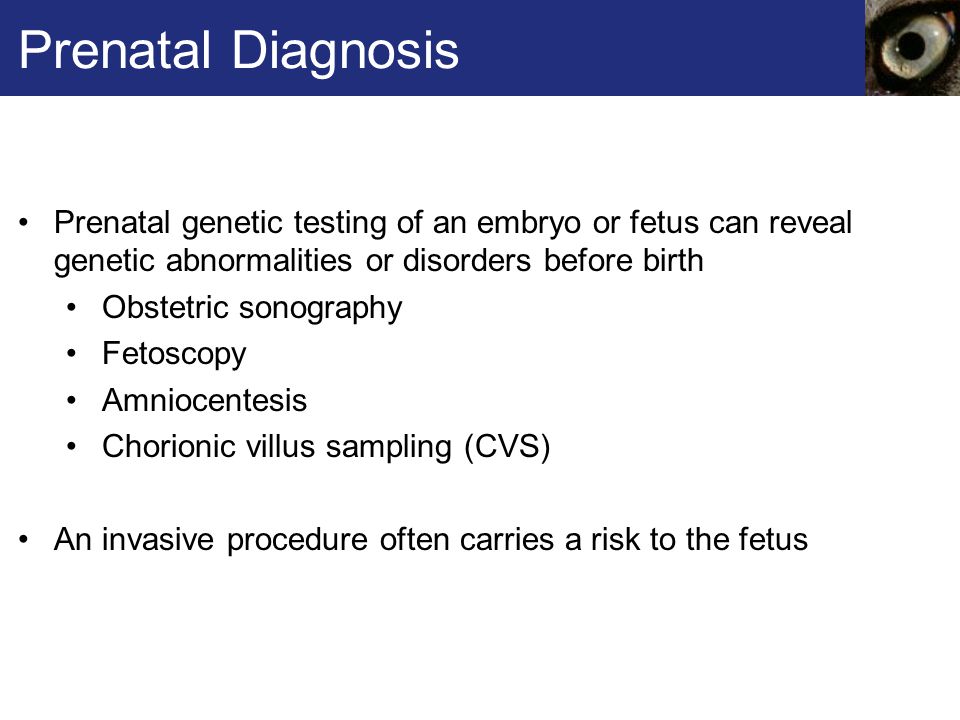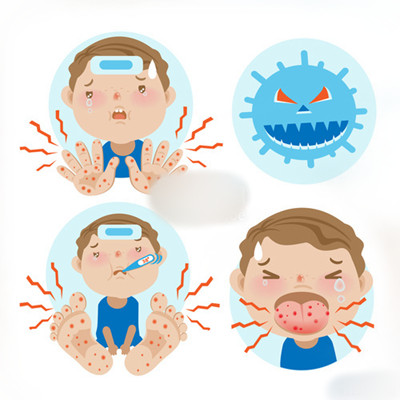Low iron level pregnancy
Low iron in pregnancy: Spot the symptoms of anemia
During pregnancy, a woman needs twice the amount of iron that a nonpregnant woman needs.
You need iron to keep yourself healthy and to also support your developing baby. Iron helps your red blood cells deliver oxygen to the baby and to your tissues. Without high iron stores or consuming enough iron during pregnancy, you could develop iron deficiency anemia.
Risks associated with anemia during pregnancy include:
- Premature birth
- Low birth weight baby
- Infection
- Poor healing
- Prenatal and postpartum depression
Maternal anemia can also place the mother at an increased risk of death during and after childbirth. Severe anemia can lead to circulatory decompensation, increased cardiac output, an increased risk of hemorrhage and decreased ability to tolerate blood loss, leading to circulatory shock and death. Infants born of iron-deficient mothers are at high risk for having iron deficiency at birth.
Getting enough iron is important for both you and your baby.
Anemia symptoms in women
Symptoms of anemia include:
- Feeling lightheaded or dizzy
- Feeling weak or tired
- Trouble concentrating
- Constant feeling of being cold
- Shortness of breath
- Rapid heartbeat
- Trouble sleeping
- Headaches
If you experience any of these symptoms, call your doctor right away.
Who is considered anemic?
The World Health Organization (WHO) defines anemia in pregnant women as:
- First trimester: hemoglobin less than 11.0 g/dL
- Second trimester: hemoglobin less than 10.5 g/dL
- Third trimester: hemoglobin less than 11.0 g/dL
Pregnant women are routinely screened for anemia at their first prenatal visit and again between 24 and 28 weeks.
For nonpregnant women, hemoglobin lower than 12.0 g/dL is considered anemic according to the WHO.
Iron supplements during pregnancy
Without iron supplementation, iron deficiency anemia occurs in many pregnant women.
While nonpregnant women only need 18 mg of iron per day, pregnant women require 27 mg of iron daily. This amount is found in most prenatal vitamins. Please keep in mind that most gummy vitamins do not contain iron (as a safety precaution). If taking a gummy prenatal, you will also need an iron supplement. Placing your prenatal vitamin in a designated place such as near your toothbrush or setting an alarm on your phone may help to remind you to take this important vitamin every day.
If anemia is diagnosed, your doctor or midwife will prescribe extra iron for you to take daily. In severe cases, iron can be given intravenously. It takes several weeks, sometimes months to increase iron stores in your body so taking iron routinely as prescribed is important. Continue taking your prenatal vitamin and/or supplemental iron for six to eight weeks after delivery, to increase iron stores due to blood loss after delivery.
Iron-rich foods to eat during pregnancy
In addition to taking a prenatal vitamin with iron, eat a balanced diet that includes iron-rich foods. There are two types of iron in foods: heme and nonheme. Meat, poultry and fish contain heme iron, which is much more easily absorbed by the body than nonheme or plant-based iron.
There are two types of iron in foods: heme and nonheme. Meat, poultry and fish contain heme iron, which is much more easily absorbed by the body than nonheme or plant-based iron.
Sources of meat-based (heme) iron:
- Beef
- Chicken
- Turkey
- Organ meats
- Oysters, clams and mussels
Sources of plant-based (nonheme) iron:
- Beans
- Spinach and other leafy greens
- Potato with skin
- Nuts and seeds
- Dried fruit
- Enriched breads and cereals
Vitamin C can help your body absorb iron. When eating plant (nonheme) sources of iron, include a good source of vitamin C, like fruit or fruit juice. When drinking juice, limit to one 8 ounce glass per day due to the high sugar content.
Sources of vitamin C:
- Oranges
- Grapefruit
- Kiwi
- Broccoli
- Peppers
- Strawberries
- Watermelon
Some foods decrease the body's absorption of iron. Avoid eating high-calcium foods at the same time as iron-rich foods. Calcium is an important nutrient during pregnancy, but calcium and iron compete in the body for absorption. For best results, space your high calcium foods from your high iron foods and prenatal vitamin. Some medications such as antacids and drinking excessive coffee or tea can also reduce the absorption of iron.
Avoid eating high-calcium foods at the same time as iron-rich foods. Calcium is an important nutrient during pregnancy, but calcium and iron compete in the body for absorption. For best results, space your high calcium foods from your high iron foods and prenatal vitamin. Some medications such as antacids and drinking excessive coffee or tea can also reduce the absorption of iron.
Get your pregnancy questions answered
Call 800.922.0000 to schedule an appointment at the Olson Center for Women's Health.
Related stories:
You asked, we answered: What causes premature labor and how can you prevent it?
Preterm birth is currently defined as deliveries between 20 and 37 weeks of gestation. There are two main categories.
Read More
You asked, we answered: Is rib pain during pregnancy normal?
I'm pregnant for the first time and I have pain in the upper left side by my ribs – is this normal?
Read More
Anemia in Pregnancy | Cedars-Sinai
ABOUT CAUSES DIAGNOSIS TREATMENT NEXT STEPS
What is anemia?
Anemia is when your blood has too few red blood cells.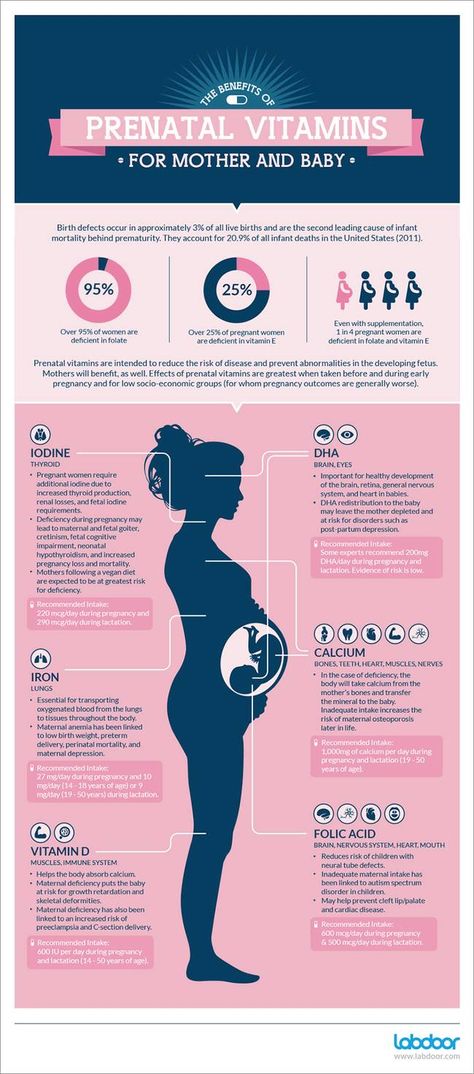 Having too few red blood cells makes it harder for your blood to carry oxygen or iron. This can affect how cells work in nerves and muscles. During pregnancy, your baby also needs your blood.
Having too few red blood cells makes it harder for your blood to carry oxygen or iron. This can affect how cells work in nerves and muscles. During pregnancy, your baby also needs your blood.
Who is at risk for anemia during pregnancy?
Women are more likely to get anemia during pregnancy if they:
- Are strict vegetarians or vegans. They are at greater risk of having a vitamin B12 deficiency.
- Have celiac disease or Crohn's disease, or have had weight loss surgery where the stomach or part of the stomach has been removed
Women are more likely to get iron-deficiency anemia in pregnancy if they:
- Have 2 pregnancies close together
- Are pregnant with twins or more
- Have vomiting often because of morning sickness
- Are not getting enough iron from their diet and prenatal vitamins
- Had heavy periods before pregnancy
What causes anemia during pregnancy?
You can get several kinds of anemia during pregnancy. The cause varies based on the type.
The cause varies based on the type.
- Anemia of pregnancy. During pregnancy, the volume of blood increases. This means more iron and vitamins are needed to make more red blood cells. If you don't have enough iron, it can cause anemia. It's not considered abnormal unless your red blood cell count falls too low.
- Iron-deficiency anemia. During pregnancy, your baby uses your red blood cells for growth and development, especially in the last 3 months of pregnancy. If you have extra red blood cells stored in your bone marrow before you get pregnant, your body can use those stores during pregnancy. Women who don't have enough iron stores can get iron-deficiency anemia. This is the most common type of anemia in pregnancy.
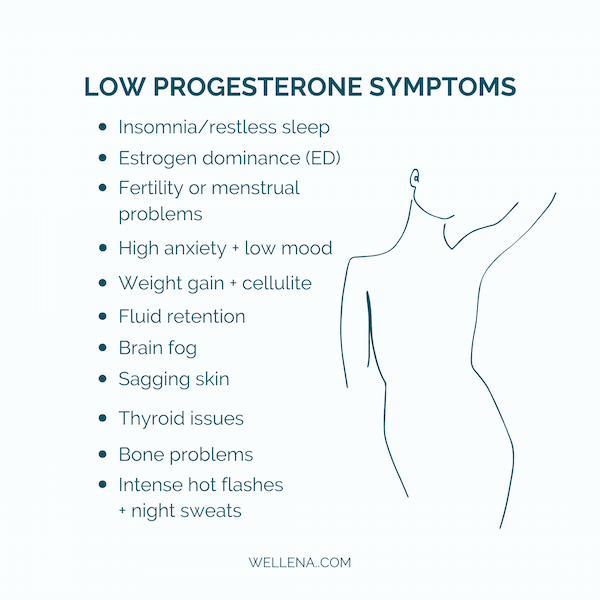 Good nutrition before getting pregnant is important to help build up these stores.
Good nutrition before getting pregnant is important to help build up these stores. - Vitamin B-12 deficiency. Vitamin B-12 is important in making red blood cells and protein. Eating food that comes from animals, such as milk, eggs, meats, and poultry, can prevent vitamin B-12 deficiency. Women who don't eat any foods that come from animals (vegans) are most likely to get vitamin B-12 deficiency. Strict vegans often need to get vitamin B-12 shots during pregnancy.
- Folate deficiency. Folate (folic acid) is a B vitamin that works with iron to help with cell growth. If you don't get enough folate during pregnancy, you could get iron deficiency. Folic acid helps cut the risk of having a baby with certain birth defects of the brain and spinal cord if it's taken before getting pregnant and in early pregnancy.
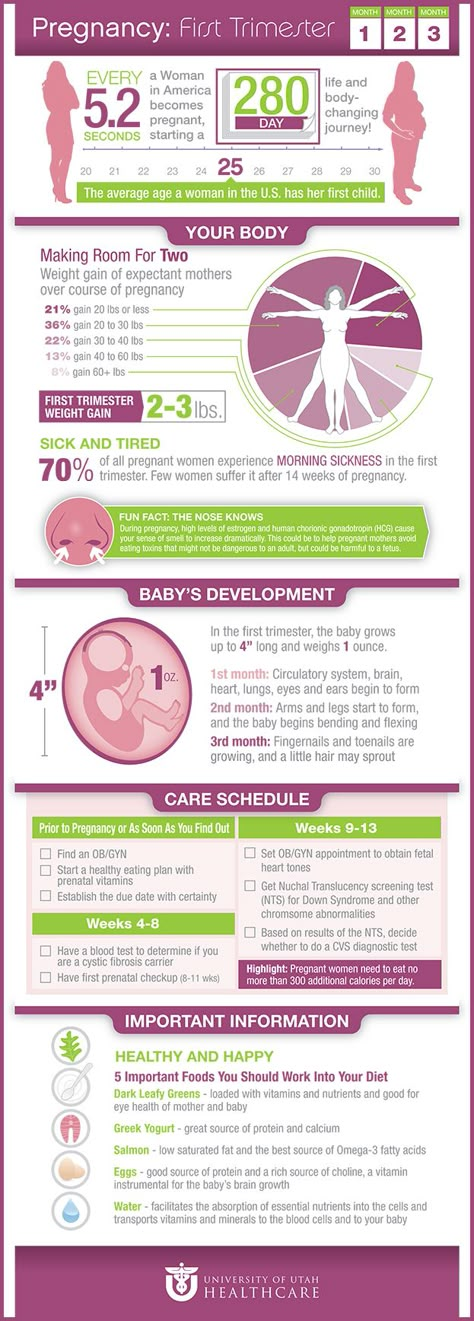
What are the symptoms of anemia during pregnancy?
You may not have clear symptoms of anemia during pregnancy unless your cell counts are very low. Symptoms may include:
- Pale skin, lips, nails, palms of hands, or underside of the eyelids
- Feeling tired
- Sensation of spinning (vertigo) or dizziness
- Labored breathing
- Rapid heartbeat (tachycardia)
- Trouble concentrating
The symptoms of anemia can be like other health conditions. Always see your healthcare provider for a diagnosis.
How is anemia during pregnancy diagnosed?
Your healthcare provider will check for anemia during your prenatal exams. It's usually found during a routine blood test.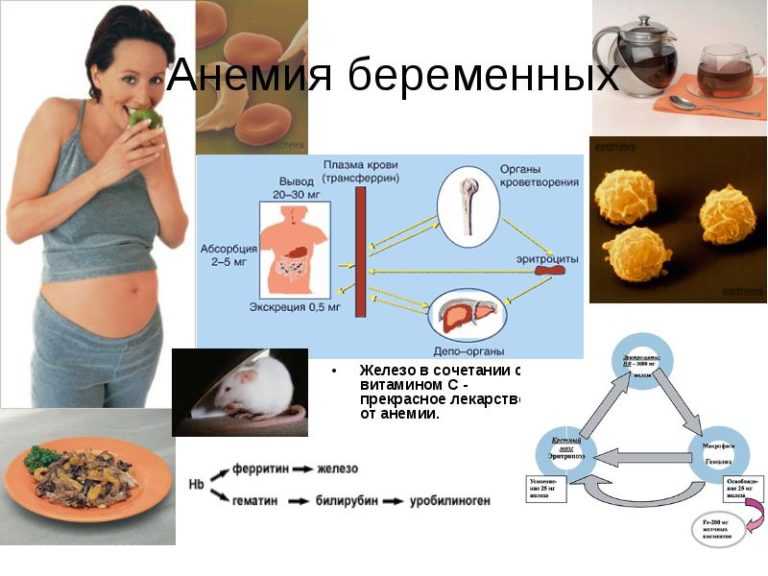 Other ways to check for anemia may include other blood tests such as:
Other ways to check for anemia may include other blood tests such as:
- Hemoglobin. This is the part of blood that carries oxygen from the lungs to tissues in the body.
- Hematocrit. This measures the portion of red blood cells found in a certain amount of blood.
How is anemia during pregnancy treated?
Treatment will depend on your symptoms, age, and general health. It will also depend on how severe the condition is.
Treatment for iron deficiency anemia includes taking iron supplements. Some forms are time-released. Others must be taken several times each day. Taking iron with a citrus juice, such as orange, can help your body absorb it better. Taking antacids may make it harder for your body absorb to iron.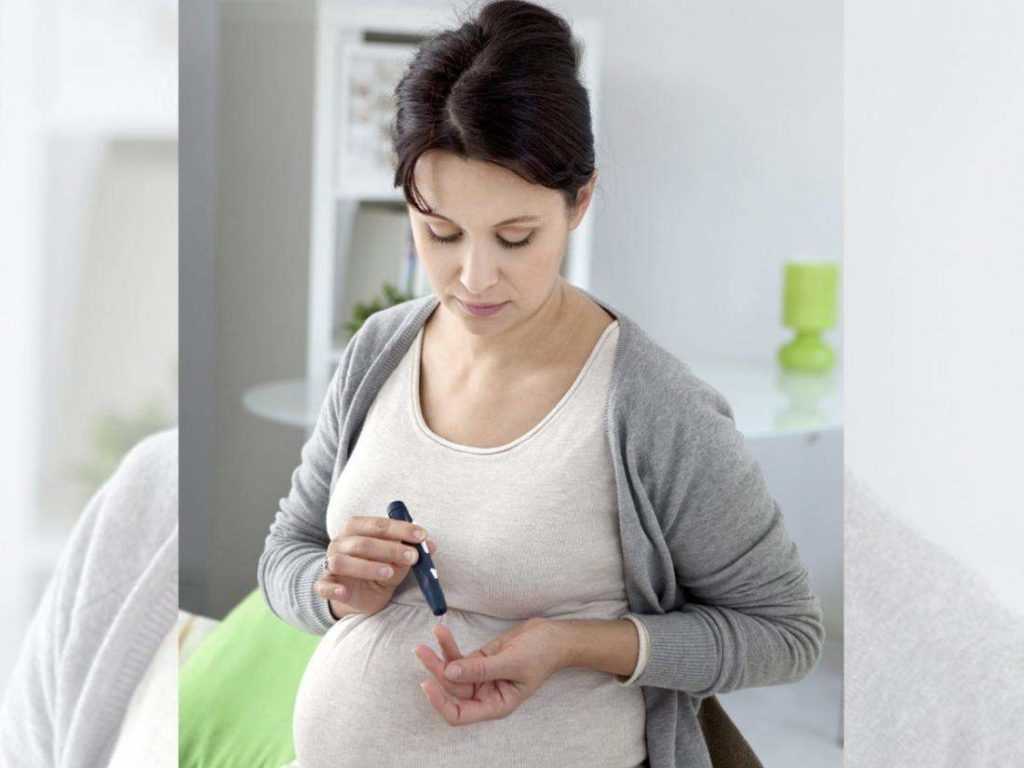 Iron supplements may cause nausea and cause stools to become dark greenish or black in color. They may also cause constipation.
Iron supplements may cause nausea and cause stools to become dark greenish or black in color. They may also cause constipation.
What are possible complications of anemia during pregnancy?
If you have anemia during pregnancy, your baby may not grow to a healthy weight, may arrive early (preterm birth), or have a low birth weight. Also being very tired may keep you from recovering as quickly after birth.
Can anemia during pregnancy be prevented?
Good nutrition before pregnancy not only helps prevent anemia, but it also helps build other nutritional stores in your body. Eating a healthy, balanced diet before and during pregnancy helps keep up your levels of iron and other important nutrients needed for your growing baby.
Good food sources of iron include:
- Meats.
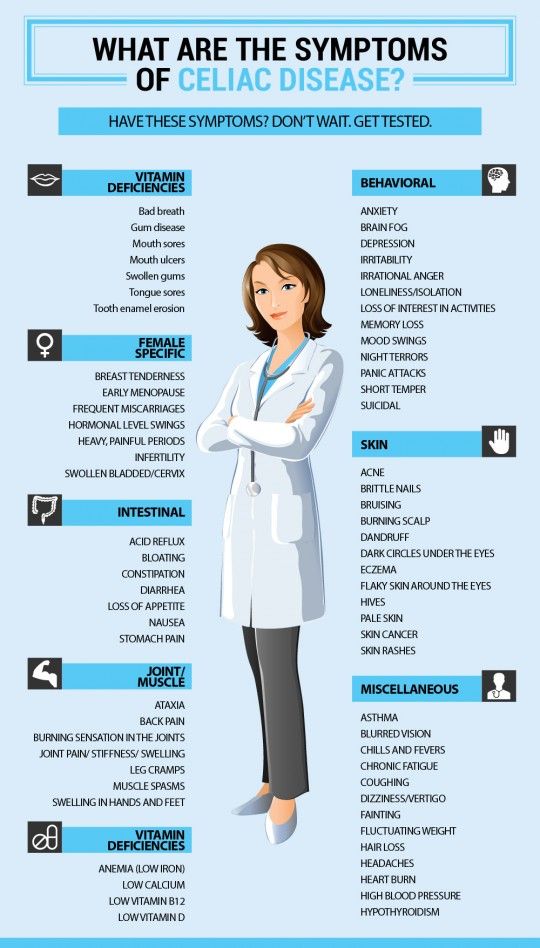 Beef, pork, lamb, liver, and other organ meats.
Beef, pork, lamb, liver, and other organ meats. - Poultry. Chicken, duck, turkey, and liver, especially dark meat.
- Fish. Shellfish, including (fully cooked) clams, mussels, and oysters are good. So are sardines and anchovies. The FDA recommends that pregnant women eat 8 to 12 ounces per week of fish that are lower in mercury. These include salmon, shrimp, pollock, cod, tilapia, tuna (light canned), and catfish. Don't eat fish with high levels of mercury, such as tilefish from the Gulf of Mexico, shark, swordfish, and king mackerel. Limit white (albacore) tuna to only 6 ounces per week.
- Leafy greens of the cabbage family.
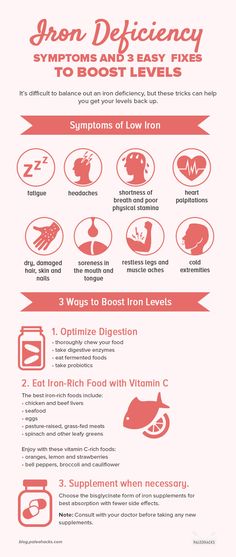 These include broccoli, kale, turnip greens, and collards.
These include broccoli, kale, turnip greens, and collards. - Legumes. Lima beans and green peas; dry beans and peas, such as pinto beans, black-eyed peas, and canned baked beans.
- Yeast-leavened whole-wheat bread and rolls
- Iron-enriched white bread, pasta, rice, and cereals
Experts recommend all women of childbearing age and all women who are pregnant take vitamin supplements with at least 400 micrograms of folic acid. Folate is the form of folic acid found in food. Good sources are:
- Leafy, dark green vegetables
- Dried beans and peas
- Citrus fruits and juices and most berries
- Fortified breakfast cereals
- Enriched grain products
Key points about anemia in pregnancy
- Anemia is a condition of too few red blood cells.
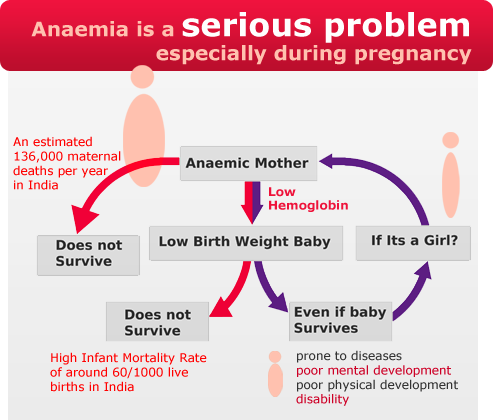
- Four kinds of anemia can happen during pregnancy: anemia of pregnancy, iron deficiency anemia, vitamin B-12 deficiency, and folate deficiency.
- Anemia may cause your baby to not grow to a healthy weight. Your baby may also arrive early (preterm birth) or have a low birth weight.
- Anemia is usually found during a routine blood test for hemoglobin or hematocrit levels.
- Treatment depends on the type of anemia and how bad it is.
- Good nutrition is the best way to prevent anemia during pregnancy.
Next steps
Tips to help you get the most from a visit to your healthcare provider:
- Know the reason for your visit and what you want to happen.
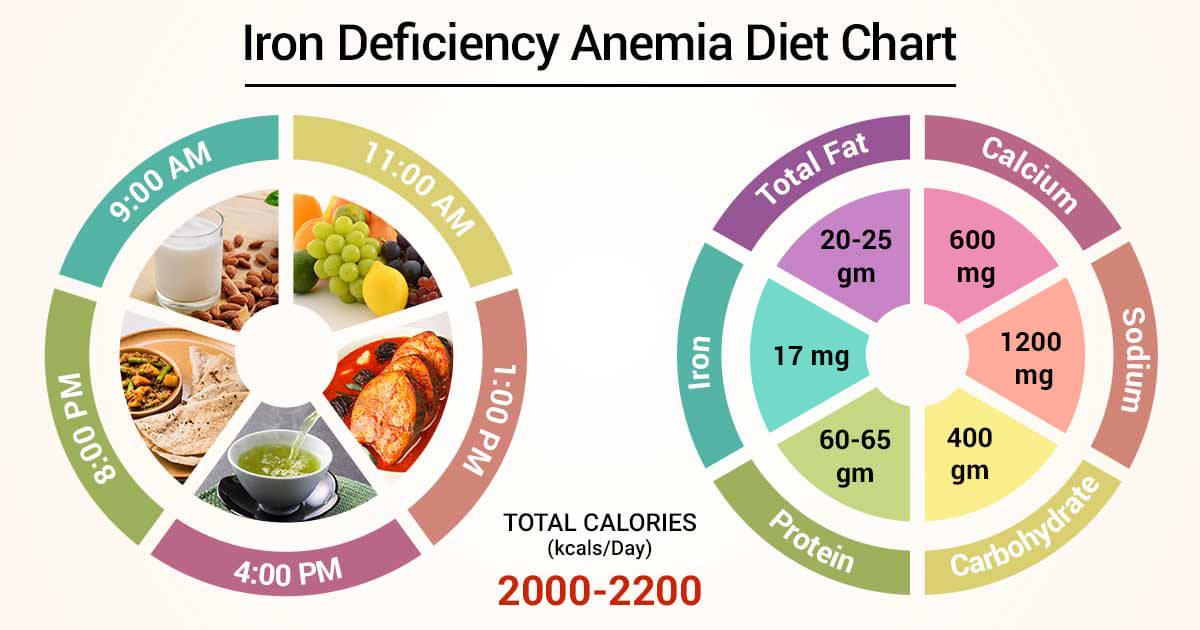
- Before your visit, write down questions you want answered.
- Bring someone with you to help you ask questions and remember what your provider tells you.
- At the visit, write down the name of a new diagnosis and any new medicines, treatments, or tests. Also write down any new instructions your provider gives you.
- Know why a new medicine or treatment is prescribed and how it will help you. Also know what the side effects are.
- Ask if your condition can be treated in other ways.
- Know why a test or procedure is recommended and what the results could mean.
- Know what to expect if you do not take the medicine or have the test or procedure.
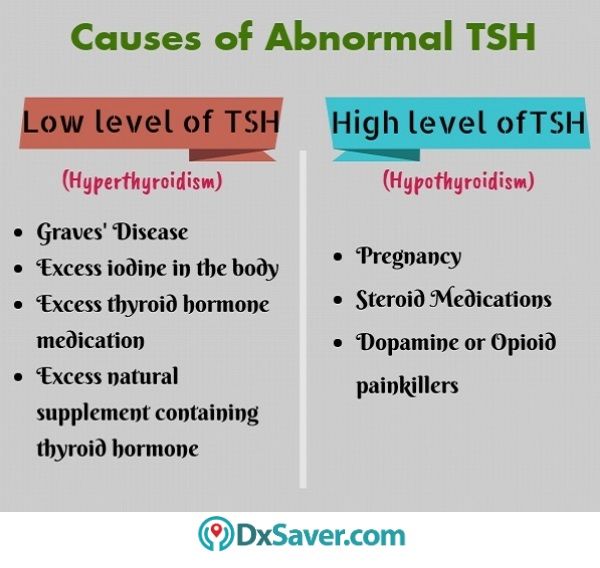
- If you have a follow-up appointment, write down the date, time, and purpose for that visit.
- Know how you can contact your provider if you have questions.
Medical Reviewer: Irina Burd MD PhD
Medical Reviewer: Donna Freeborn PhD CNM FNP
Medical Reviewer: Heather M Trevino BSN RNC
© 2000-2022 The StayWell Company, LLC. All rights reserved. This information is not intended as a substitute for professional medical care. Always follow your healthcare professional's instructions.
Anemia during pregnancy - iron arguments and dispelling myths
Anemia is one of the most common complications that occur during pregnancy. In Russia, this diagnosis is made to every third pregnant woman. However, not everyone, faced with this diagnosis, understands what is at stake and what needs to be done in order for the treatment to be as effective as possible.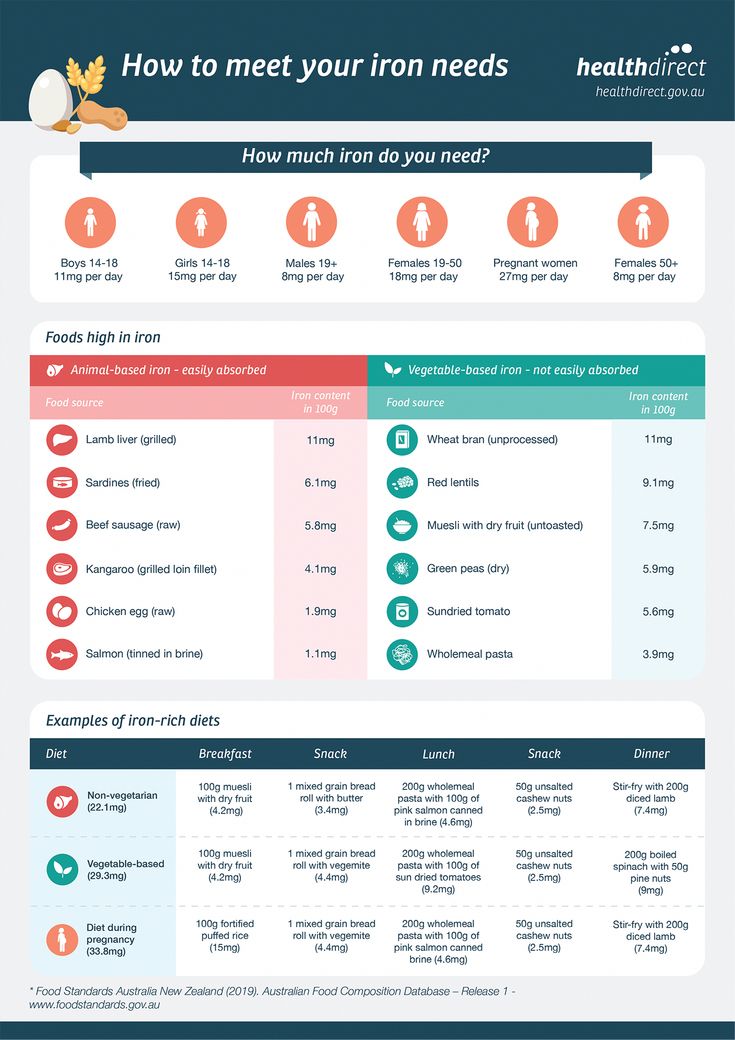
Anemia is a disease in which the level of hemoglobin in the blood decreases, often with a simultaneous decrease in the number of red blood cells. The main reason for the development of anemia is the discrepancy between the intake of iron in the body and its costs. nine0003
During pregnancy, the cost of the growing fetus causes a significant increase in iron requirements. In addition, a less common but possible cause of anemia may be insufficient intake of folic acid or vitamin B12.
Risk factors for developing iron deficiency anemia during pregnancy include:
- history of heavy menses;
- diseases of the gastrointestinal tract;
- infectious and inflammatory diseases; nine0014
- anemia in the past;
- short interval between pregnancies, including conception during lactation;
- multiple pregnancy.
Since the main task of hemoglobin is to deliver oxygen - a vital element - to all tissues and cells of a woman and fetus, it is easy to imagine the harm caused by its decrease during pregnancy.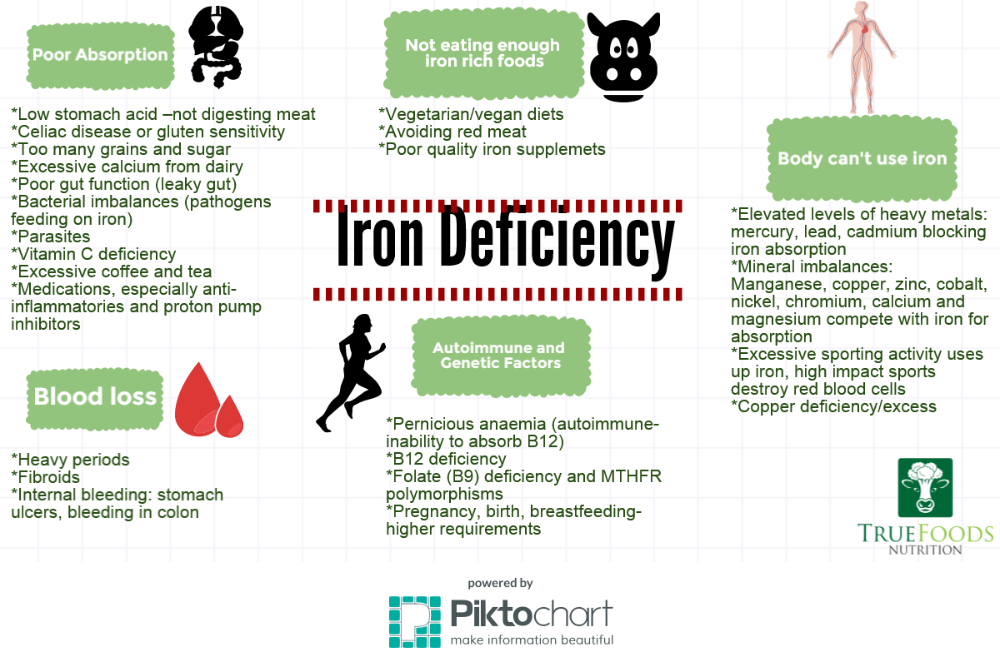 However, even after childbirth, the issue cannot be considered closed. It has been proven that a low level of hemoglobin is associated with a decrease in lactation, as well as with the development of anemia in a child. nine0003
However, even after childbirth, the issue cannot be considered closed. It has been proven that a low level of hemoglobin is associated with a decrease in lactation, as well as with the development of anemia in a child. nine0003
Iron deficiency anemia is manifested by weakness, dizziness, pathological fatigue, perverted perception of tastes and smells, heart palpitations, shortness of breath, headache, fainting. The skin becomes dry and pale, and the hair and nails brittle.
The diagnosis of anemia is made based on the assessment of hemoglobin levels in the complete blood count. The lower limit of the hemoglobin norm during pregnancy is 110 g / l. However, before hemoglobin decreases, iron stores are depleted, which is manifested by a decrease in serum ferritin levels. This condition is called latent iron deficiency and also requires correction. nine0003
Treatment of anemia and latent iron deficiency is with iron supplements, most commonly given as tablets or oral solution, but sometimes intravenous solutions are used.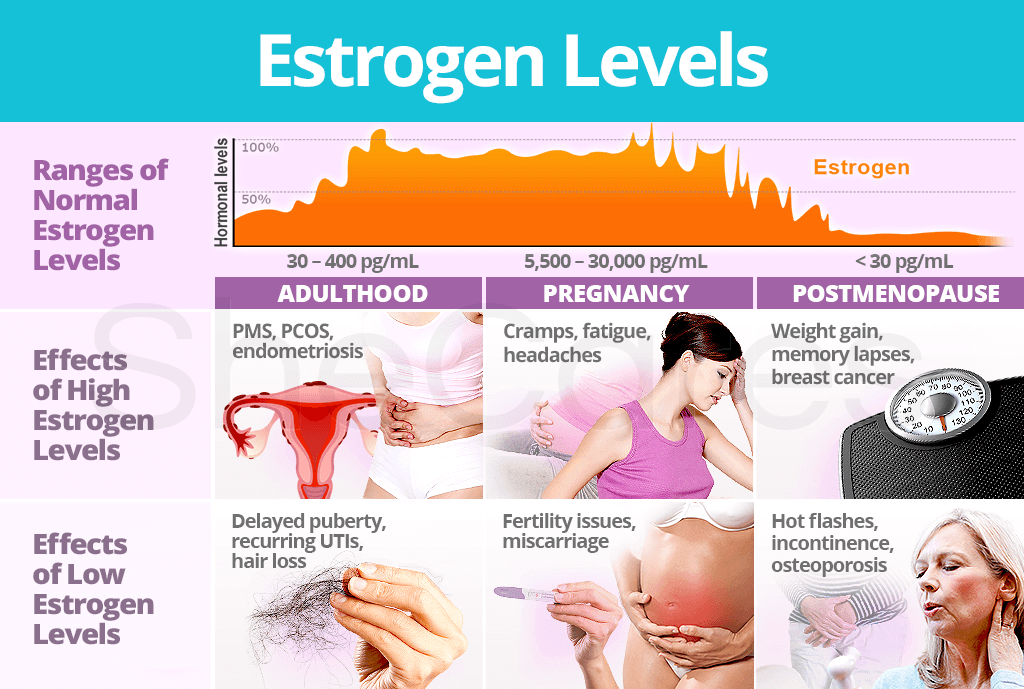 This need arises when the hemoglobin level is very low or in case of impaired absorption of iron from the gastrointestinal tract.
This need arises when the hemoglobin level is very low or in case of impaired absorption of iron from the gastrointestinal tract.
It is also important to be aware of the potential of a protein diet in correcting iron deficiency. Since hemoglobin is a bond between two subunits - metal-containing heme and globin protein - then with insufficient protein intake, even an adequate amount of iron in the body has nothing to contact. nine0003
When diagnosing anemia, it is important for the patient to remember that the consumption of foods high in iron will only help maintain the existing hemoglobin level, but will not be able to increase its level and saturate iron stores to a sufficient extent.
Separately, I would like to dwell on what kind of products the iron content is really high. A common misconception is that people with anemia should eat apples, beets, and pomegranates, as well as drink pomegranate juice. 100 grams of apples contain 0.5 - 2.2 mg of iron; 100 grams of beets - 1. 0 - 1.4 mg of iron; 100 grams of pomegranates - 0.78 mg of iron. Cucumbers, strawberries, pumpkins and other fruits and vegetables contain approximately the same amount of iron. For comparison, buckwheat contains 8 mg of iron per 100 g of product, dried fruits (dried apricots, prunes, dried apples) - from 12 to 15 mg of iron. The leader in iron content is pork liver. In addition, the content of this microelement is high in beef liver, cocoa, lentils, egg yolk, heart. nine0003
0 - 1.4 mg of iron; 100 grams of pomegranates - 0.78 mg of iron. Cucumbers, strawberries, pumpkins and other fruits and vegetables contain approximately the same amount of iron. For comparison, buckwheat contains 8 mg of iron per 100 g of product, dried fruits (dried apricots, prunes, dried apples) - from 12 to 15 mg of iron. The leader in iron content is pork liver. In addition, the content of this microelement is high in beef liver, cocoa, lentils, egg yolk, heart. nine0003
Prevention of iron deficiency anemia in pregnant women is a study of iron stores and hemoglobin levels at the stage of pregnancy planning, and if deviations from the norm are detected, their timely correction, consumption of foods high in iron, intake of vitamin and mineral complexes containing prophylactic doses of iron.
Obstetrician-gynecologist
antenatal clinic No. 14
Khivrich E.B.
ANEMIA and PREGNANCY, OUTPATIENT
Anemia of pregnancy is a series of anemic conditions that occur during pregnancy, complicate its course and usually disappear soon after childbirth or after its termination.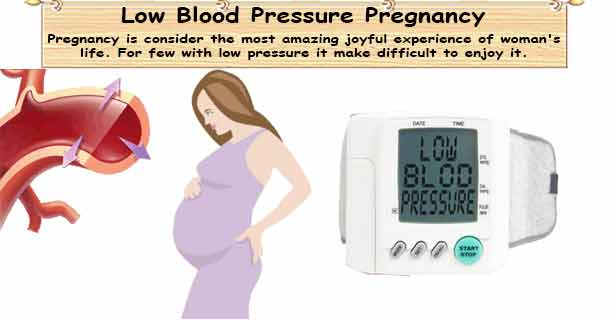 Since the prevalence of anemia in pregnant women is much higher than in non-pregnant women, it is logical to assume that most of these anemias are related to the pregnancy itself. Isolation in the ICD-10 anemia of pregnant women (this code is O 99.0) in a separate heading emphasizes the peculiarity of this group of anemia, which consists in the existence of physiological and pathophysiological changes characteristic of pregnancy that contribute to the development of anemia. nine0003
Since the prevalence of anemia in pregnant women is much higher than in non-pregnant women, it is logical to assume that most of these anemias are related to the pregnancy itself. Isolation in the ICD-10 anemia of pregnant women (this code is O 99.0) in a separate heading emphasizes the peculiarity of this group of anemia, which consists in the existence of physiological and pathophysiological changes characteristic of pregnancy that contribute to the development of anemia. nine0003
The most common consequences of anemia in pregnancy are miscarriage, premature birth, intrauterine growth retardation and an increased risk of low birth weight babies. The development of anemia in the 1st and 2nd trimesters of pregnancy is associated with a two-fold increase in the risk of preterm birth.
Most researchers believe that iron stores in the fetus do not depend on the iron content in the mother's body. The transfer of iron from the mother through the placenta is regulated by the needs of the fetus, even against the concentration gradient, and mainly occurs in the 3rd trimester of pregnancy.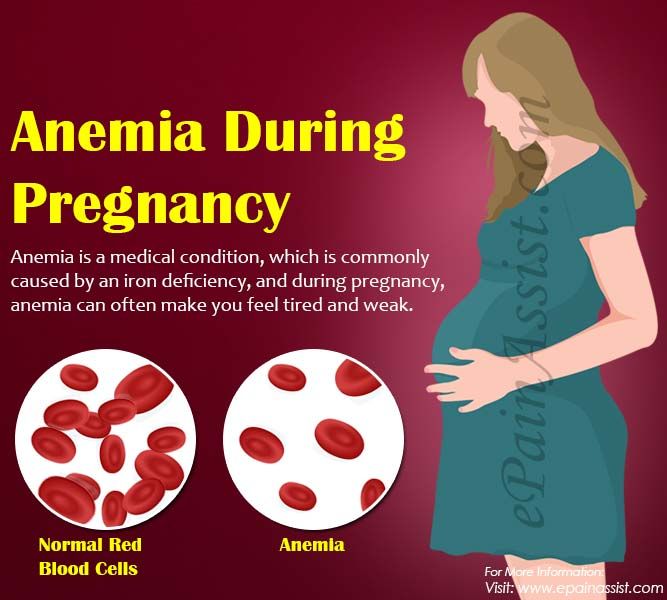 That is why the development of iron deficiency is possible only in premature babies. nine0003
That is why the development of iron deficiency is possible only in premature babies. nine0003
These adverse effects of anemia in pregnancy are generally associated with hemoglobin levels < 90 g/L. With a hemoglobin level of 90-110 g / l in the second half of pregnancy, the prognosis for a woman and a child is favorable. At the same time, an increase in the concentration of Hb above 120 g / l in this period of gestation is fraught with a high risk of complications (in particular, preeclampsia).
Any pregnancy results in an increase in plasma volume, which averages 1250 ml. This is approximately 1.5 times the plasma volume in non-pregnant women. This condition is one of the main reasons for the relative decrease in Hb levels in pregnant women. nine0003
Today, the lower limit of the normal concentration of Hb in pregnant women is 110 g / l, Hb from 90 to 110 g / l is anemia of 1 degree, from 70 to 90 g / l - anemia of 2 degrees, < 70 g / l - anemia 3 tbsp.
According to WHO, 35-75% of pregnant women in the world are anaemic every year.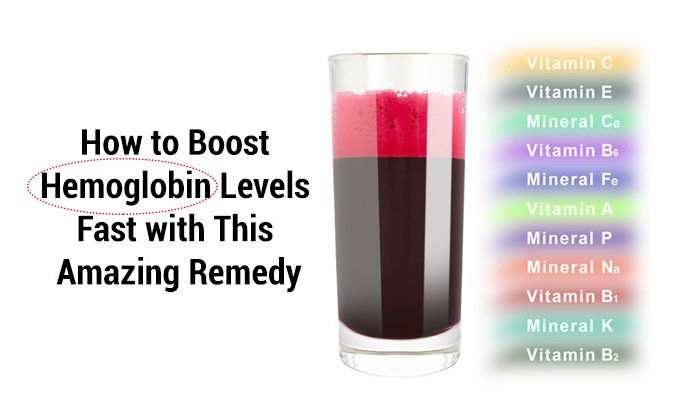 In domestic obstetric practice, the prevalence of iron deficiency in pregnant women is considered to be high.
In domestic obstetric practice, the prevalence of iron deficiency in pregnant women is considered to be high.
Pregnancy anemia is multifactorial, and iron deficiency is an important, but by no means the only, cause of anemia during pregnancy. nine0003
FORMS OF ANEMIA.
| Acquired | Hereditary |
| 1. iron deficiency 2. Post -hemorrhagic 3. Folic -deck 4. Anemia of inflammation 5.molytic 9000. | 1. Thalassemias 2. Sickle cell diseases 3. Anemias in other hemoglobinopathies 4. Hemolytic anemias outside of hemoglobinopathies |
The most common types of anemia in pregnancy include iron deficiency anemia (IDA) and folic deficiency anemia, and less frequent are aplastic, megaloblastic, hemolytic anemias.
Factors that predispose to the development of IDA in pregnant women include frequent bleeding with placenta previa; anemia that existed in the patient's mother during pregnancy and prematurity of the patient, as well as seasonality and related changes in the composition of food (vitamin deficiency in the winter-spring period).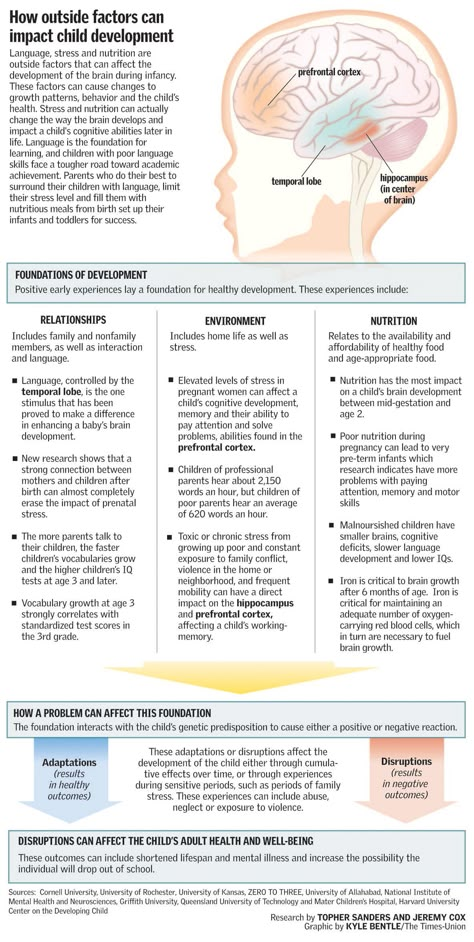 nine0003
nine0003
Anemia of inflammation - in recent years, there has been an increase in the number of women with urogenital infections (colpitis, cervicitis, bacterial vaginosis, pyelonephritis, etc.), which often occur latently. At the same time, about 30% of pregnant women with urogenital infections approach childbirth in a state of anemia, despite the repeated correction with iron preparations. This anemia is defined as "hypochromic anemia without iron deficiency" with normal or elevated iron stores in the body.
Complaints with anemia during pregnancy are usually rare, usually in the presence of concomitant pathology. The most characteristic are complaints of weakness, dizziness, fatigue, in more severe cases, shortness of breath, anxiety and impaired consciousness.
Examination and treatment at the outpatient stage of patients with anemia in pregnancy is carried out in accordance with the Order of the Ministry of Health of the Russian Federation dated 01.11.2012. No. 572n.
Examination at the outpatient stage:
1) Completed general clinical blood test once a month with leukocyte count, count of reticulocytes and platelets. nine0003
2) ECG in each trimester.
3) Biochemical blood test (total protein, serum iron, ferritin, transferrin, total and direct bilirubin).
4) Consultation with a general practitioner (hematologist) and further follow-up (1-2 times a month).
5) Clarification of the diagnosis and resolution of the issue of the possibility of continuing the pregnancy up to 10 weeks.
6) Bone marrow puncture (as prescribed by a hematologist).
7) CTG and dopplerometry in dynamics. nine0003
Outpatient treatment:
1) Diet rich in proteins, iron, vitamins and folates.
2) Preparations containing iron (in accordance with the Decree of the Government of the Russian Federation of December 26, 2015 N 2724-r, which contains a list of vital and essential drugs for medical use for 2016) - these are oral preparations of 3-valent iron - iron 3 hydroxide polymaltose (maltofer, fenyuls, ferrum lek).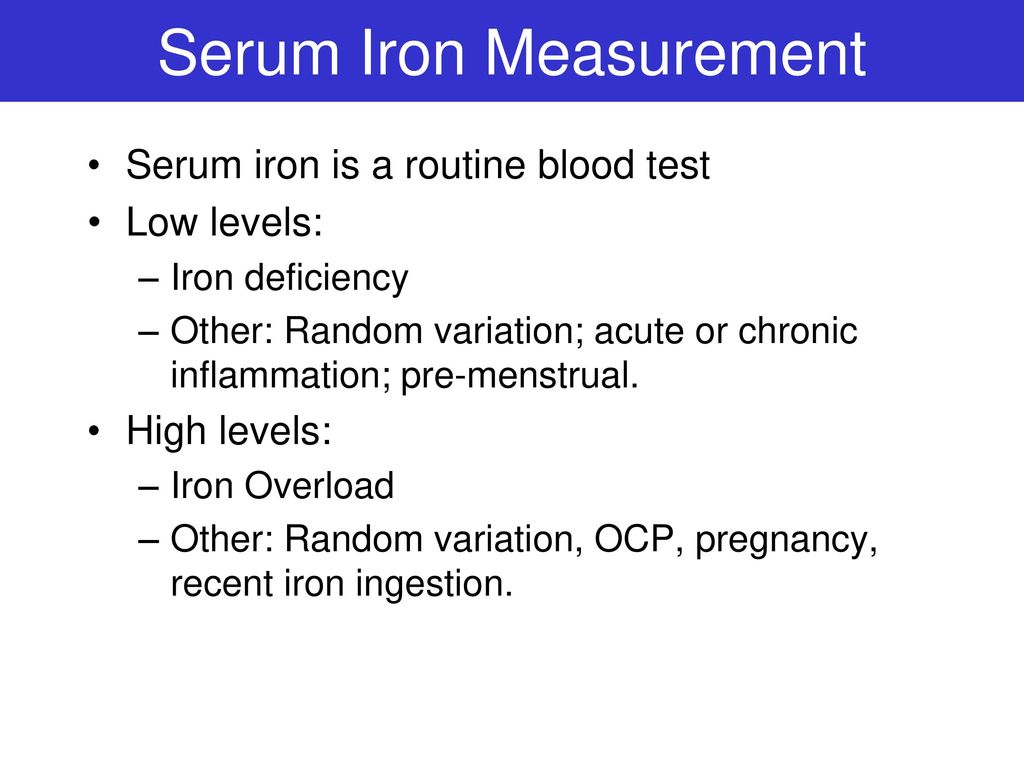 It is not recommended to stop taking iron supplements after normalization of hemoglobin levels. nine0044
It is not recommended to stop taking iron supplements after normalization of hemoglobin levels. nine0044
3) Treatment of underlying and concomitant diseases.
Indications for hospitalization:
1) Deterioration of the pregnant woman's condition, lack of effect from outpatient treatment of pregnancy complications.
2) Planned hospitalization for delivery at 38-39 weeks.
Prevention of anemia in pregnancy.
To maintain a normal iron balance during pregnancy, it is necessary that:
1. iron stores in the woman's body by the beginning of pregnancy are adequate; nine0003
2. The pregnant woman's diet contained sufficient bioavailable iron to ensure high levels of intestinal absorption in the 2nd half of pregnancy.
The daily iron requirement of a pregnant woman is estimated at 27 mg. Lower intake in women with inadequate iron stores may lead to anemia. Iron absorption is greatly increased in the presence of ascorbic acid. Therefore, it is most beneficial to consume foods containing iron in combination with foods fortified with vitamin C.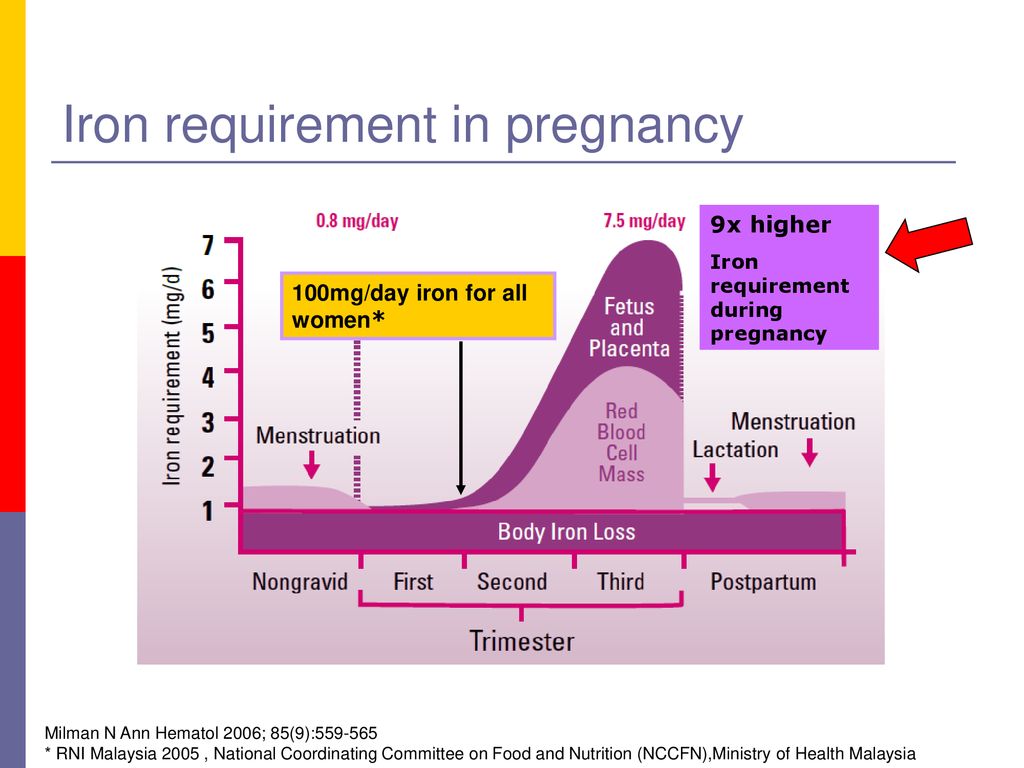
WHO recommends 60 mg iron per day for all pregnant women in areas where the prevalence of IDA is less than 20% and 120 mg where it is above this value.
Prevention of iron deficiency during pregnancy planning is an ideal form of prevention of IDA in pregnant women.
Primary prevention of IDA in pregnant women aims to reduce the prevalence of iron deficiency during pregnancy and prevent the adverse effects it can cause on the woman and fetus. nine0079
2014
1803
382
21,2
2015
1782
462
26
Statistical data on the incidence of anemia for 6 months. 2015 and 6 months 2016
| Finished pregnancy | Anemia of pregnancy | % | |
| 6 months 2015 | 845 | 155 | 18% |
6 mon. 2016 2016 | 1118 | 250 | 22.3% |
If you analyze the above incidence of anemia in pregnant women over the past 3 years, then we can say the following in 2013. and in 2015 % of this pathology among pregnant women remained approximately at the same level, in 2014 there was a slight decrease in this indicator to 21.2%. nine0003
Management of patients with anemia of pregnancy in the w/c No. 2.
No. 572n.
2. When the diagnosis of anemia of pregnancy is established, the patient is referred for a consultation with a general practitioner f/c.
3. With anemia 2-3 tbsp. and not amenable to correction of anemia 1 tbsp. the woman is sent for a consultation with a hematologist.
4. Within the framework of the Birth certificate program, we prescribe free oral iron preparations to patients with anemia of pregnancy. nine0003
5. In accordance with the order of the Ministry of Health of the Republic of Kazakhstan of 21.